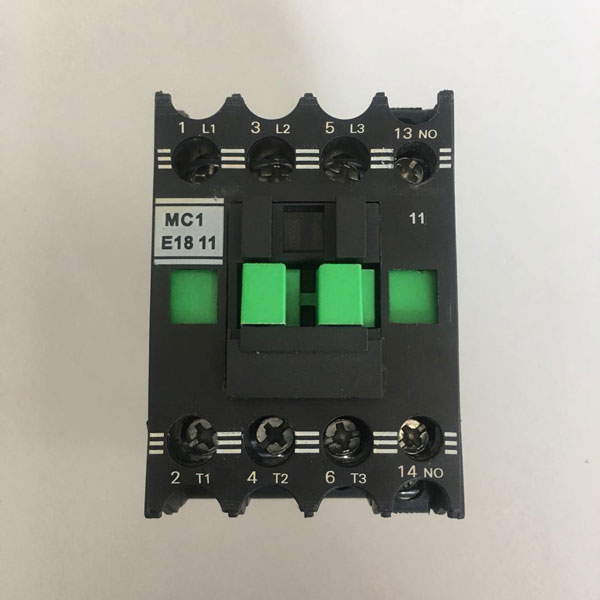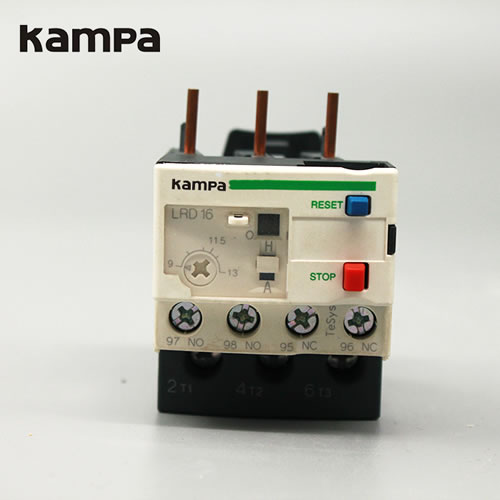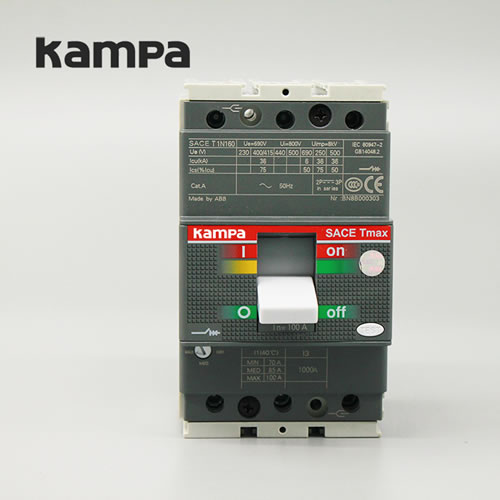Are contractors and relays interchangeable? What is the difference between a contactor and a relay?
Datetime: 11/28/2022 10:45:00 AM Visit: 1232
Do you know contactors and relays? Do you know anything about contactors and relays? Is there any difference between contactors and relays? Next, the contactor manufacturer will introduce the relevant information about contactors and relays. Oh, it's helpful, let's take a look together!

(1) The effect is different
The main function of the relay is for signal detection, transmission, conversion, or processing. Its on-off circuit current is generally small, and it is generally used in control circuits to control weak signals. The primary function of the contactor is to turn on or off the main circuit. The main circuit refers to whether a circuit works or not and is marked by whether the circuit is connected. The main circuit concept corresponds to the control circuit. The current passing through the general main circuit is larger than that of the control circuit.
(2) The carrying capacity is different
Relays are generally classified as carrying loads of 10A or less, while contractors will be used for loads greater than 10A;
(3) The contact opening and closing are different
In addition, the contactor is used to turn on or off the load with high power. It is used in the (power) main circuit. The main contact can have a chain contact to indicate the opening and closing status of the main contact.

Relays are generally used in electrical control circuits to expand the contact capacity of micro or small relays to drive larger loads.
(4) Different components
The contactor is mainly composed of an electromagnetic system, contact system, arc extinguishing system, and other parts; while the relay is mainly composed of coil, armature, moving contact, and static contact.
(5) The capacity is different
The contact capacity of the relay generally does not exceed 5A, the contact capacity of the small relay is generally only 1A or 2A, and the contact capacity of the contactor is small, and there are 10A to 20A; the coil of the relay is divided into DC and AC, and the coil of the contactor As long as there is communication; the contacts of the contactor usually have three main contacts and several auxiliary contacts, while the contacts of the relay are generally not divided into main and auxiliary; the contacts of the relay are sometimes set in pairs, that is, normally open contacts Combined with normally closed contacts, and the general main contacts of relays are normally open contacts, and will not be set in pairs; for specific requirements, relays will be combined with other devices to design time relays, pressure relays, etc., there are Additional functions, while contractors generally do not have additional functions.
(6) different uses
Contactors are typically built and used in three-phase applications, while relays are more commonly used in single-phase applications.
Relays are generally used in electrical control circuits to amplify the contact capacity of miniature or small relays to drive larger loads. For example, the contacts of the relay can be used to switch on or off the coil of the contactor. Ordinary relays have more opening and closing contacts. Of course, relays can also achieve some special functions, such as logic operations, through proper connection. Flip-flops generally refer to digital logic devices (such as integrated chips), which realize certain logic functions through external trigger conditions. Such as d flip-flop, t flip-flop, j-k flip-flop, r-s flip-flop, etc. Simple triggers can also be accomplished with discrete electronics. There are many ways to trigger, such as rising edge, falling edge, high level, and low level.
(7) Different definitions
A contactor is an automatic switching appliance that uses an electromagnet to frequently switch on or off the AC and DC main circuits and large-capacity control circuits according to external input signals; Electrical appliances that connect or disconnect controlled or protected circuits;
(8) Different working principles
The working principle of the contactor is that when the contactor coil is energized, the coil current will generate a magnetic field. Then the generated magnetic field will cause the static iron core to generate electromagnetic attraction to attract the moving iron core, and drive the AC contactor to move, the normally closed contact is disconnected, the normally open contact is closed, and the two are linked; when the relay is working, the electromagnet is energized, The armature is sucked down to contact, and the working circuit is closed. When the electromagnet is powered off, it loses its magnetism, and the spring pulls up the armature to cut off the working circuit.
The above is the relevant introduction about contactors and relays, you can choose according to your own needs. I hope that the introduction of the contactor manufacturer can help you understand contactors and relays, and I hope it will be helpful to everyone!



